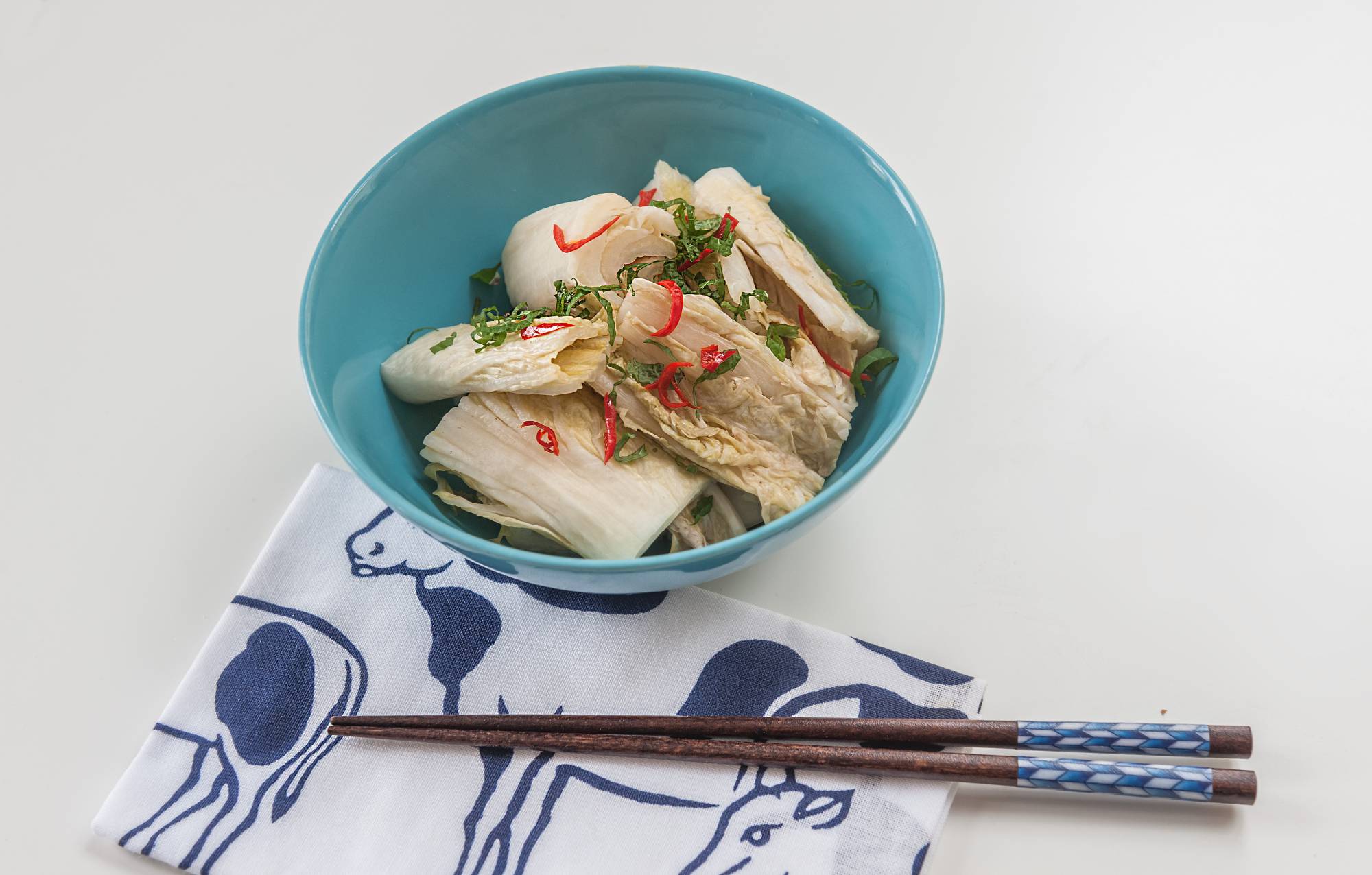A ubiquitous winter sight at any supermarket or greengrocer in Japan is stacked heads of hakusai (literally “white vegetable”), also widely known as napa or Chinese cabbage. This versatile vegetable is used in so many dishes you would assume it has been around for a long time in Japan, but its history in the country is actually quite short. This is particularly notable since the name “napa cabbage” is actually thought to have come from another rather old-fashioned name for it in Japanese, nappa, which just means “leaf vegetable.”
Although the vegetable has been in use in China since at least the 11th century, it was only introduced to Japan in 1875 at a trade exhibition by a Chinese delegation. However, attempts to grow the cabbage domestically yielded warped plants, forcing Japan to continuously import seeds, curtailing widespread domestic adoption of the vegetable at the time.
Decades later, Kichibe Numakura, a teacher at the Miyagi Prefectural Agricultural High School, discovered that native bees were cross-pollinating the cabbage flowers with other brassicas, such as turnips and rapeseed plants, unintentionally producing hybrids. He was able to develop a variety that bees didn’t cross-pollinate, which made it possible to grow the vegetable widely in Japan.



















With your current subscription plan you can comment on stories. However, before writing your first comment, please create a display name in the Profile section of your subscriber account page.